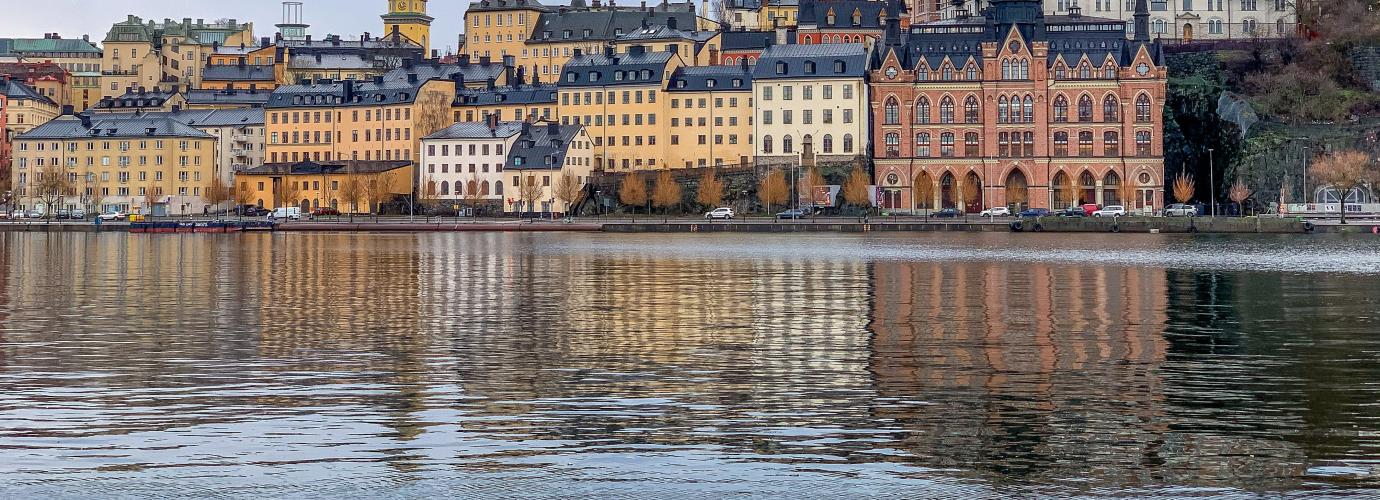Organisational Variations and Alternative Structures
Municipal schools, as well as grant-aided independent schools (friskolor), can use alternative teaching methods, e.g. based on Montessori, Waldorf/Steiner or Freinet.
The state-run international schools are a special type of grant-aided independent school for children who temporarily reside in Sweden or who for other reasons wish to have an education with an international dimension. Teaching in these schools is often in a foreign language (English, French, German or Russian) and usually follows the curriculum of another country. Some Swedish international schools, however, offer education 50 percent in Swedish and 50 percent in English and are mainly recruiting Swedish pupils. There are also about 30 schools in Sweden offering International Baccalaureate (IB). In Sweden IB Programmes take three years.
There are two boarding schools in Sweden with national admissions organising education primarily for children of foreign-based Swedish parents. Both municipalities and private organisers can provide nation-wide boarding school education. State grants are provided for pupils of foreign-based Swedish parents whilst home municipalities pay for other pupils using the same criteria as when allocating resources to the municipalities' own schools.
Swedish schools abroad (svenska utlandsskolor) exist for children living abroad with at least one parent/guardian. The schools cover the preschool class, year 1-6 and in certain cases year 7-9 and upper secondary school. The schools are funded with Swedish state grants. There were 18 Swedish schools abroad 2022. They are situated in Austria, England, France, Germany, Kenya, Mozambique, Portugal and Spain. There are also Swedish sections at international schools abroad where state grants are provided for studies in Swedish, Swedish history and Swedish social science.
Since 1962, the national minority the Sami have three choices of education - the compulsory school (grundskola), integrated Sami teaching in a compulsory school or Sami school (sameskola). Integrated Sami teaching is provided at a number of compulsory schools in the north of Sweden. Integrated Sami teaching may take place throughout the nine years of compulsory education. The national curriculum for the Sami school is the same as for all compulsory schools. The Sami school is available for year 1-6 and has the same syllabus and a syllabus for the Sami language and culture. There are five state-run Sami schools in different parts of northern Sweden. The Sami children’s home municipalities cover the costs involved in running these schools, such as teachers' salaries, pupils’ board and lodging, school transport and premises. The state meets the additional costs associated with teaching in Sami (smaller groups, more language options etc.) Sami schools are run by a board of governors whose secretariat is located in Jokkmokk in northern Sweden. A director of education heads the secretariat. Teaching is in Swedish and Sami. After six years in the Sami school, pupils complete their compulsory education (school years seven to nine) in the compulsory school (grundskola). The Swedish Schools Inspectorate (Skolinspektionen) is the supervisory authority for the Sami school.
The Sami School Board (Sameskolstyrelsen)
The Swedish Schools Inspectorate (Skolinspektionen)

